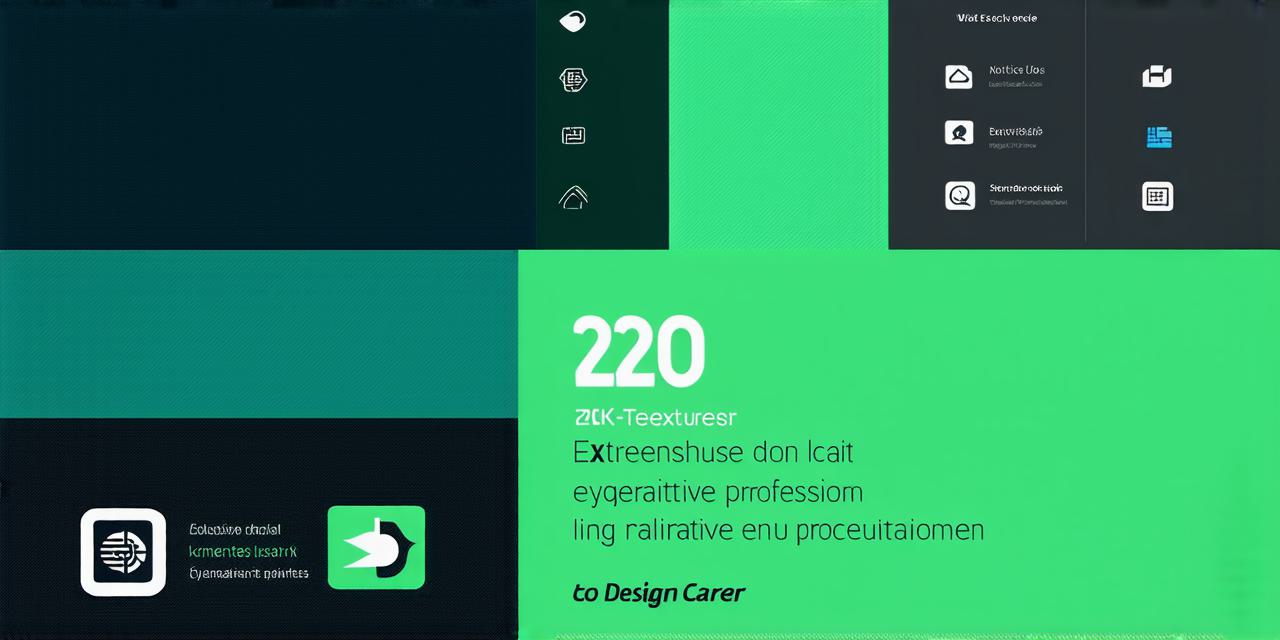of how physical environment for use can be successfully applied in digital media is the use of virtual reality (VR) headsets. By designing your VR content to be experienced in a comfortable and immersive environment, you can create an experience that is both engaging and accessible to all users, regardless of their abilities or disabilities.
4. Size and Space for Approach and Use
Size and space for approach and use refers to the amount of space that users need to access and interact with digital media content. This includes factors such as the size of buttons and touch targets, as well as the overall layout of your platform or app.
To ensure that your digital media is accessible to all users, it is important to provide enough space for users to approach and use your content comfortably. This might include using larger buttons and touch targets, or providing clear visual cues that show users where they need to click or tap. You should also consider the needs of users who may have mobility impairments, such as providing enough space for them to maneuver their device or providing alternative input methods that are easier to use.
One example of how size and space for approach and use can be successfully applied in digital media is the use of touch-screen interfaces on mobile devices. By providing clear and intuitive touch targets that are easy to see and tap, you can ensure that users who are unable to use physical keyboards or mice are still able to interact with your app or website in a meaningful way.
5. Use of Simple and Intuitive Language
Use of simple and intuitive language refers to the way that digital media content is written and presented. This includes factors such as using clear and concise language, avoiding jargon and technical terms, and providing clear visual cues for how to interact with different elements of your content.
To ensure that your digital media is accessible to all users, it is important to use simple and intuitive language that is easy to understand. This might include using plain language or providing translations for users who speak different languages, or using clear visual cues such as icons or symbols to help users navigate your content.
Benefits of Using Universal Design Principles in Digital Media
Using universal design principles in digital media has a number of benefits for both users and businesses. First and foremost, it helps to ensure that digital media content is accessible and inclusive, allowing all users to interact with and benefit from your platform or app regardless of their abilities or disabilities.
In addition to improving accessibility, using universal design principles can also help to make digital media content more intuitive and enjoyable to use. By incorporating these principles into your designs, you can create content that is easy to understand and interact with, even for users who are not familiar with the latest technology or design trends.
Finally, using universal design principles can also help businesses to reach a wider audience and improve their bottom line. By creating content that is accessible and inclusive, you can attract more customers and clients, and increase your overall revenue and profitability.
Summary
In conclusion, applying universal design principles in digital media is an effective way to ensure that your content is accessible and inclusive to all users, regardless of their abilities or disabilities. By incorporating these principles into your designs, you can create content that is not only accessible but also intuitive, engaging, and enjoyable to use.
In addition to improving accessibility, using universal design principles can also help to make digital media content more intuitive and enjoyable to use, and can help businesses to reach a wider audience and improve their bottom line. So next time you are designing digital media content, be sure to keep these principles in mind and create content that is accessible, inclusive, and user-friendly for all.




